Bird Removal
Birds are best known as beacons of freedom and liberty, but people rarely think about all the problems these animals can cause.

Bird Control
Birds like pigeons, woodpeckers, and swallows can be beautiful to watch and listen to in nature. In and around your home, however, they can cause significant property damage and other problems like noise disturbances and disease.
In terms of wildlife removal, birds also pose a unique challenge in that they have powerful homing instincts, leading them to return to your home long-term if they’ve established a nest or if they’ve lived on your property in the past.
We specialize in the removal of these three bird species and restore your home from any damage that may have already occurred, including material damage, droppings cleanup, and de-staining.
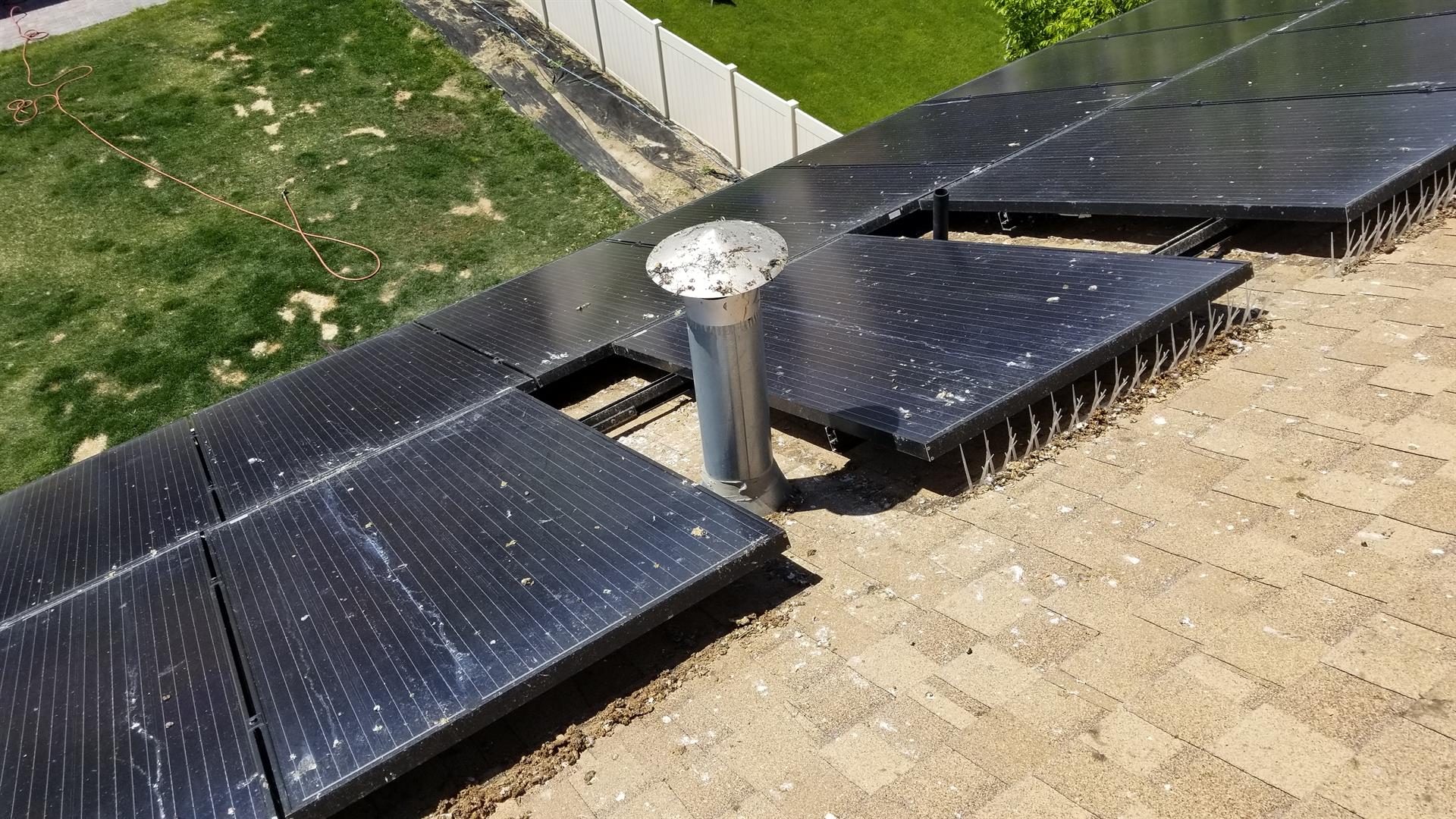
How birds enter residential spaces
Generally, problems caused by birds actually take place in the exterior of your property rather than inside your space. Rather than coming inside your home (although this can also happen on occasion), most birds will roost under the shelter of your roof, in gutters or downspouts, and in any other external features that provide some protection. Your home may be especially vulnerable to a bird problem if you have food and water sources on your property or if you’re surrounded by trees and wooded areas.
The potential damage caused by birds
First, let’s talk about pigeons. Pigeons (also known as rock doves or flying rats) are fun to watch and feed at the park, but it’s not as fun to clean pigeon droppings off of your clothing or car, out of your machinery, and off of your buildings or sidewalks. Pigeons can also cause water damage when they build nests in gutters or downspouts. Because pigeons can lay up to four broods of eggs per year, what begins as just a few pigeons can quickly become a full-blown flock.
Next, let’s take a look at woodpeckers. Woodpeckers can cause obvious damage to wood structures in your home, especially your home’s siding, trim, and eaves. You may also notice a noise disturbance caused by the pecking, which can be especially loud if the woodpeckers are pecking at a metal object rather than wood. In some instances, woodpeckers will create such extensive holes in your property that they can actually store acorns and nuts in the areas that they’ve drilled out. This affects the integrity of your structure and can actually leave your home vulnerable to other problems over time, similar to the damage caused by termites.
Finally, swallows. Every year, swallows return to their last nesting site. If this site becomes your home, swallows will likely infest your property while the nests deface and damage buildings and sidewalks. Swallow droppings are especially messy and can stain both siding and concrete. They also contain bacteria, fungal agents, and parasites that can carry diseases like salmonella, meningitis, histoplasmosis, and many others. If you encounter a swallow nest or swallow droppings, it’s important to leave them to professionals to ensure your own safety from these risks.
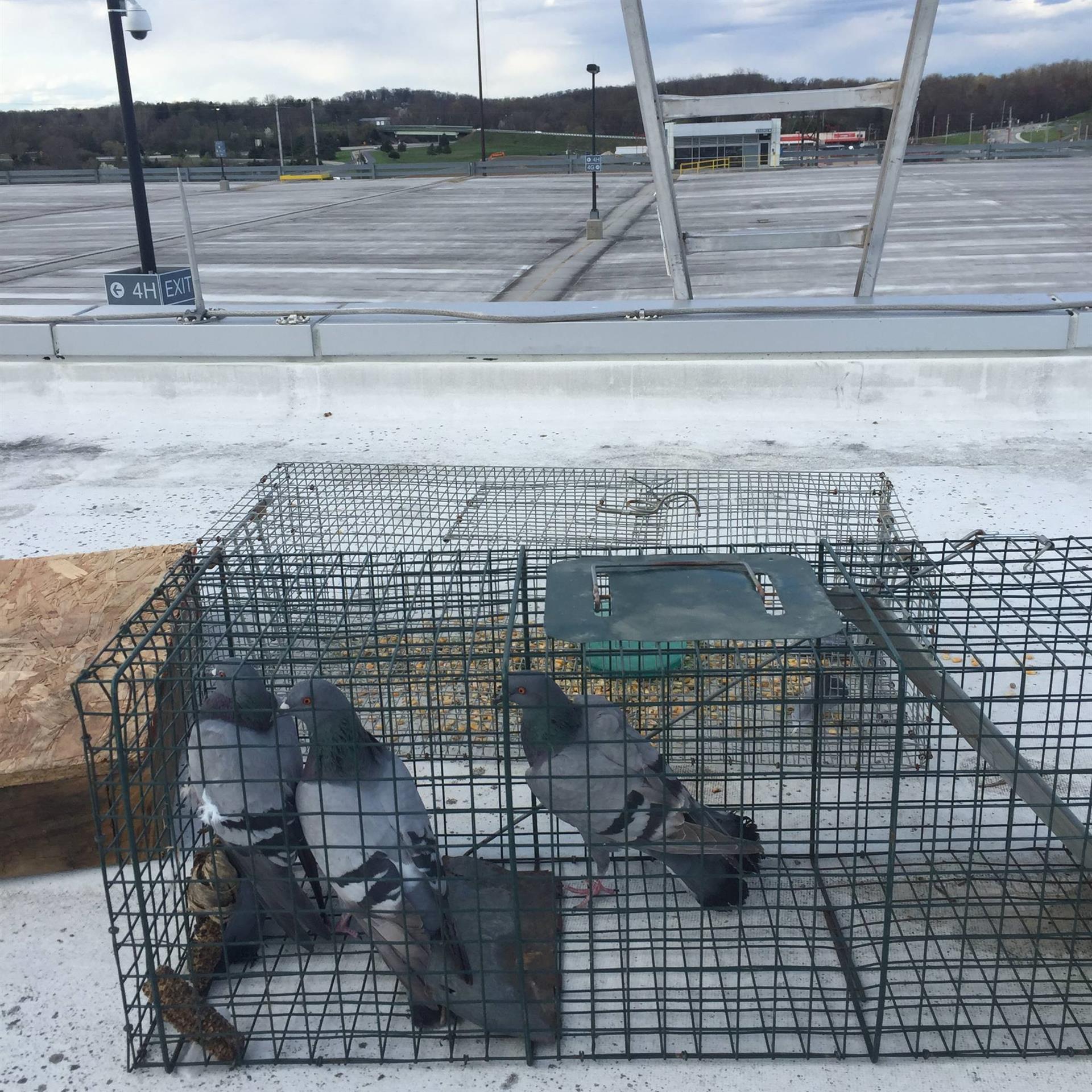
How to eliminate birds from your home
Our team is made up of seasoned professionals who are experts at wild animal control and highly trained in the best methods and equipment to trap and remove pests. It’s our job to know each animal’s habits, their most active seasons and times of day, and—most importantly—the most effective and efficient techniques to trap them.
The first step towards getting rid of most birds is to remove any access to food and water on your property. The presence of food and water is a big draw for all types of birds (and other pests), and removing it can go a long way towards long-term relief. If you have bird feeders, you may want to temporarily remove them or consider permanently moving them farther away from your structures. As we’ll discuss below, sometimes moving food sources to a greater distance from your home can actually create an alternative for the birds that becomes more appealing long-term.
If adjusting the food source doesn’t work, further techniques include modifying the architecture of your building to make it more difficult for birds to land, putting up bird netting to prevent birds from getting into internal spaces, and installing plastic or metal spikes to discourage birds from perching on your buildings. Each of these physical solutions is designed to make your home a less comfortable and inviting environment.
Various types of natural and chemical repellents also exist to deter birds. For woodpeckers specifically, visual deterrents can work well. These may include reflective tape, mirrors, shiny pinwheels, fake birds, balloons, and scarecrows. In some cases, it may also be effective to create an alternative food source by setting up a bird feeder that’s deliberately placed far away from your space. Many birds may realize that this is easier than trying to scavenge for food directly around your home.
It’s important to leave any and all of these steps to professionals to ensure your own safety as well as the safety of the birds. There are state and local laws in place to protect many bird species, including both woodpeckers and swallows. As such, there are strict guidelines governing the removal of these birds and their nests. Leaving these steps to licensed professionals is critical to ensure that you’re acting in accordance with accepted removal techniques. Improper removal or extermination can result in fines or even prison sentences.
Timeline, cost, and other factors
The timeline, cost, and effectiveness of this process depend on many factors, including how many birds are on your property, where they’re located, what’s drawing them to your property, and how long the birds have been in your space. Once we’re finished with our process, it’s important to monitor the space for any new signs of bird presence. If that occurs, we may have to repeat the procedure or add further protections to fully rid your space of the problem. Call Complete Wildlife Removal in Salt Lake City or Park City (serving Utah, Wyoming, and Idaho) today to let us know about your bird problem.
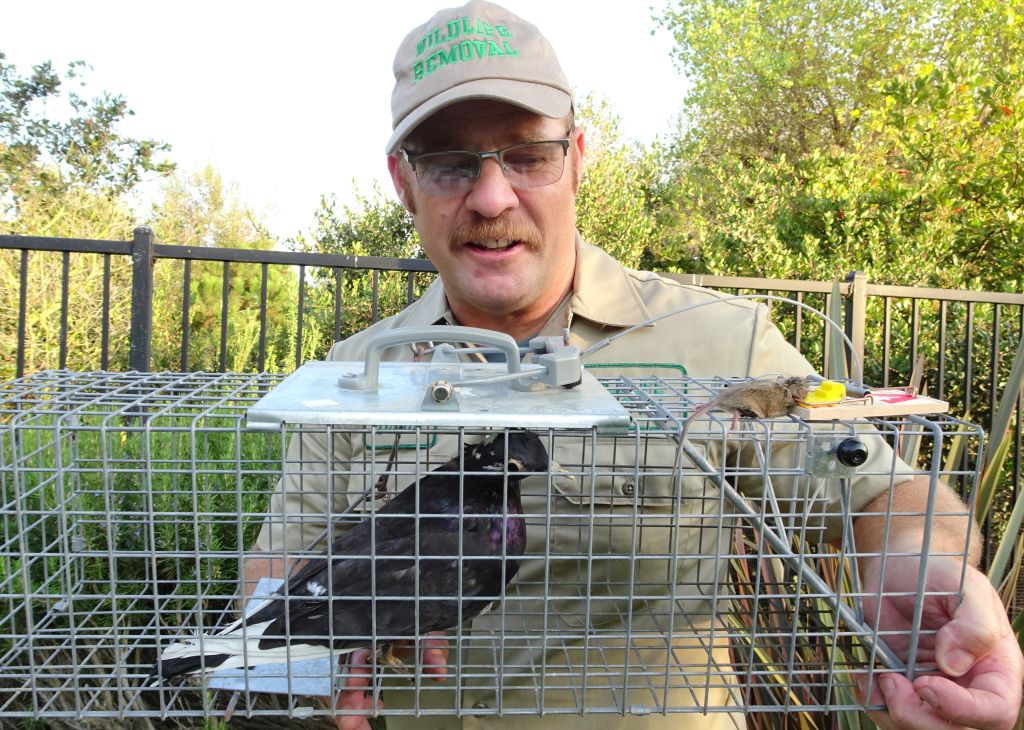
How to Remove a Bird from Soffit
As a homeowner, you’ve likely come across more than a few cardinals or wrens throughout your property. You’ve also probably had more than a few of these birds land on the section underneath your roof called the soffit. This strip of area, usually the underside of overhang gutters or siding, is a great spot for birds to rest or stay. Thanks to the area’s cover from the outdoors and small space, birds take advantage of the soffit to stay protected from the environment and predators. Visit pestcontrolbird.com to learn more about different types of birds removal processes.
As such, even though soffits are designed to provide rain or heat protection for your home, birds may find themselves commonly staying there. After a while, these birds may nest or turn the soffit into their home, meaning that prevention is oftentimes more useful. Even still, you may find yourself dealing with birds resting in your soffit. That is why we’re going to look at a few methods to remove a bird from the soffit, including:
- Scaring off the Bird
If this problem has just started, oftentimes the easiest solution is to just scare off the bird. Either making loud noises or jumping at the bird should be enough to scare it off. Once the bird flies off, you can then make repairs and/or move to prevent other birds from arriving or that bird from returning. The issue with this method though lies in the fact that it only works with adult birds. Oftentimes, birds lay in the soffit to put a nest that is sheltered and protected. If there’s a nest, then a) you won’t be able to scare away eggs or baby birds, b) the stress of parenting birds can cause them to die, and c) you’ll need to use another method.
- Sealing Soffit
Whether you’ve managed to temporarily scare off the bird or are planning on moving while the bird is resting elsewhere, then you need to seal off the soffit. Most times, you’ll be able to simply caulk some open spaces or put out a net to prevent birds from returning, although it depends on the situation. As with scaring off the bird, if there are a nest or baby birds remaining, then do not seal off the soffit just yet, as it can potentially kill off the birds. This method yet again only works if you have a bird that flies off or is scared off, leaving no others behind. Then, you can move to seal openings and gaps.
- Contacting the Professionals
The easiest and safest way to remove birds from the soffit is to call the professionals. At Complete Wildlife Removal, we know that birds can be a nuisance on your property, and with the height of soffits, it can be infuriating to not take care of the situation by yourself. Even still, it’s much easier, and safer, to call our team to go out and remove the birds. After all, if not done correctly, the removed birds will just fly back and repeat the process.
Our team knows how to successfully remove and relocate these birds, in addition to having the tools to prevent any others from taking their place. Complete Wildlife Removal will move to remove the bird safely and humanely, putting up a preventative solution in its place. Depending on the opening on your soffit or its design, our experts will use different methods to take care of your issue. Remember, it’s especially important to call professionals if you have a nest or baby birds, as they are incredibly vulnerable. When done incorrectly, you can put their lives at risk, which can lead to other major animal issues. It’s much easier in the end to give our team at Complete Wildlife Removal a call, and we’ll gladly get to work for you!
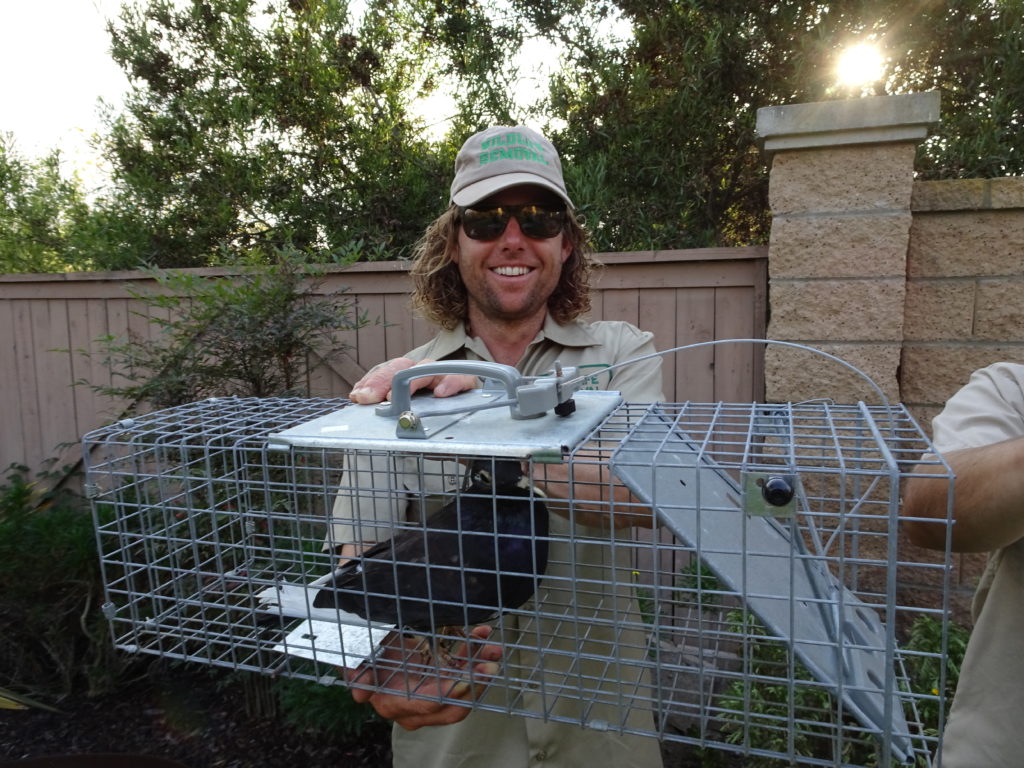
How to Keep Birds Out Of The Soffit?
Birds are lovely creatures with colorful feathers and melodious voices, especially when we see them from afar. Unfortunately, birds aren’t very lovely when they invade your home to build nests and cause damage to your property. Starlings, sparrows, and pigeons are the most common bird species in neighborhoods, and they typically build their nests in trees near homes.
Once you notice that a bird has built a nest in your soffits, it’s important to get it out as soon as possible, because these birds carry all sorts of bugs that are dangerous to humans. Birds may look adorable when up in the air, but they also act as host to disease-causing parasites that can infect humans and pets with serious diseases. Birds are beautiful, but they are also wild animals.
Bird droppings are laced with microorganisms that can cause disease in humans and pets, therefore their presence in your home is a health risk. Almost all types of roofing can be severely damaged by birds. Their waste is highly acidic, and it erodes roofing materials. Birds frequently build nests in soffits, gutters, and drains.
Here are 3 ways to keep birds out of your soffits:
Don’t feed them: feeding birds is a good thing, but it does have a downside. One is that the birds will keep coming to your home and eventually seek shelter around, which may be somewhere in your roof. If this is the problem you’re currently dealing with, then consider eliminating the food sources. Also, cover your trash and regularly clean out your gutters.
Build a bird box: birds often invade soffits because they are looking for a comfortable place to call home, and you can provide one by installing a bird box for them to leave in. This can be a great alternative for them, and with a bird box available, there is a chance that they may leave your soffits and roof alone.
Use deterrents: the last option is the use of deterrents. There are many bird deterrents available, from scarecrows to pikes, and netting. When properly installed, they can be great at preventing birds from perching on your roof and making their nest there.
What to do if you have birds in your soffits
When birds get into the soffits, they can get really noisy, which can be very annoying. Birds in soffits will run and scurry around boisterously, the noise from up the roof will be heard in the building. Besides this obvious disturbance, birds also tend to leave behind a lot of droppings, in and around the roof area, you may even see some bird droppings on window awnings and around the lawn.
Adult birds will frequently fly in and out of soffit holes, and if this is not properly addressed, the birds may eventually gain access to the attic through the soffit. If you have a bird problem, and the birds haven’t had any young, removing them from the soffit area is usually relatively simple.
A simple one-way exclusion door, properly installed at the point of entry will effectively evict the bird, however, if the bird has babies, then you have a more complicated situation at hand and may need the skills of an expert. First off, the young bird will be unable to fly out of the exclusion door, and their mother will keep coming back because they won’t abandon her babies. In this case, you will have to manually remove the young birds and reunite them with their mama.
If you have a problem with birds in your roof, contact us today and let our experts deal with the problem for you.
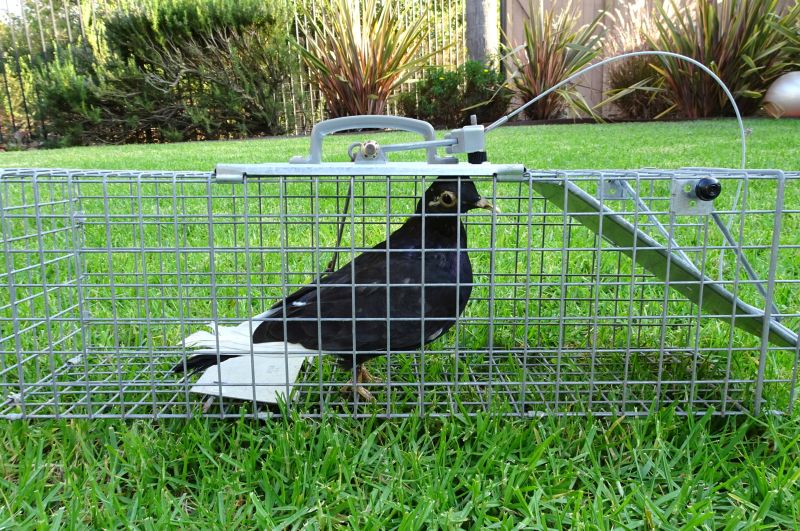
How to Keep Birds out of the Attic?
Birds are one of the most unassuming nuisance animal species, as they appear to be relatively harmless. This is not true in the slightest, as birds are one of the most disease-ridden nuisance animals out there. One big problem with birds is that they are able to get into many different places that many other nuisance animals could not, due to their ability to fly. Continue reading to learn how to keep birds out of the attic.
What attracts birds to a property?
Birds are attracted to properties by the prospect of shelter (most important) and food (of secondary importance). Since birds are able to cover distances very quickly, they are satisfied with living in a place with more shelter but less food, as they will simply fly to the food. Whenever there is access to a warm and dry home, you can bet birds will be there. In addition to homes, large stands of trees and any thickly-brushed areas will attract birds as well. On the topic of food, there are many different types of trees and bushes that provide birds with their favorite foods. In addition, birds will make a property a priority if there are fruits or vegetables they may want, in addition to any trash or pet food out in the open.
What problems do birds cause?
Birds are problematic in two main ways: health hazards and property damage. The health hazards posed by birds are extensive, as they can spread many very dangerous viral and bacterial infections to humans and pets. These are generally spread through their droppings and their feathers. In addition to the health risks, bird droppings cause many different problems. Their droppings can corrode metal, potentially causing serious structural weakening. In addition, their nests can be fire hazards when they are located near HVAC systems and chimneys.
How can birds be prevented?
Assuming there are no birds in your attic yet, there are some great ways to prevent this from ever occurring. The best step you can take is to examine your home. Check the interior and the exterior of your home, looking for any potential problem areas. Look for any gaps, cracks, or holes that could signal an entry point for any number of bird species. If you see any of these problem areas, be sure to seal the area up with an all-weather sealant, aluminum sheeting, new lumber, or other building materials. Another area to consider is the shingles on your roof. If they are getting tattered, they could allow access to your attic for birds. Finally, consider putting a chimney cap on your chimney in order to prevent any birds, squirrels, or raccoons from getting in there.
How should birds be removed?
If a bird makes its way into your attic, you will have to make some decisions. Birds in your attic can complicate things because they are able to easily fly into other parts of your home if they get by you. In addition, birds often have their babies in your attic, and if you remove the mother, the babies will die and cause terrible odors in your home. Finally, birds carry so much disease that trying to remove them on your own can lead to you, your family, or your pets contracting a disease.
For these reasons, it is highly recommended to hire a wildlife removal company to remove birds for you. These experts have the proper training and experience to remove any type of bird problem you may be having. In addition, they will be able to remove baby birds and nests as well. Beyond the removal, these experts are able to figure out any problem areas in your home and how they can be fixed to prevent any future infestations.
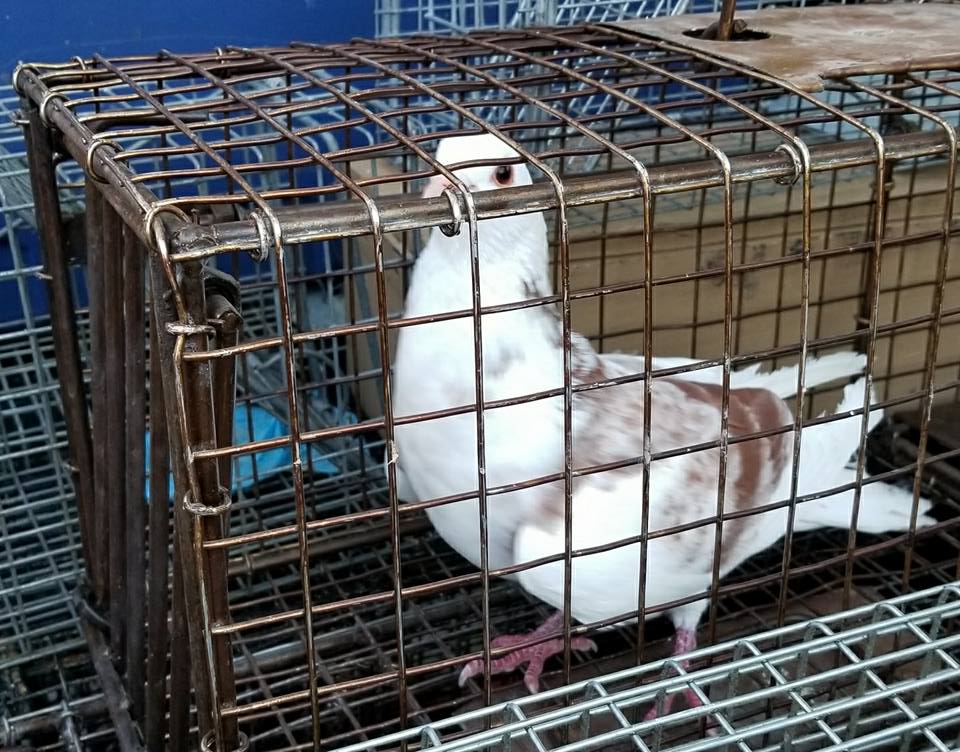
How to Keep Birds out of the Attic?
Birds are one of the most unassuming nuisance animal species, as they appear to be relatively harmless. This is not true in the slightest, as birds are one of the most disease-ridden nuisance animals out there. One big problem with birds is that they are able to get into many different places that many other nuisance animals could not, due to their ability to fly. Continue reading to learn how to keep birds out of the attic.
What attracts birds to a property?
Birds are attracted to properties by the prospect of shelter (most important) and food (of secondary importance). Since birds are able to cover distances very quickly, they are satisfied with living in a place with more shelter but less food, as they will simply fly to the food. Whenever there is access to a warm and dry home, you can bet birds will be there. In addition to homes, large stands of trees and any thickly-brushed areas will attract birds as well. On the topic of food, there are many different types of trees and bushes that provide birds with their favorite foods. In addition, birds will make a property a priority if there are fruits or vegetables they may want, in addition to any trash or pet food out in the open.
What problems do birds cause?
Birds are problematic in two main ways: health hazards and property damage. The health hazards posed by birds are extensive, as they can spread many very dangerous viral and bacterial infections to humans and pets. These are generally spread through their droppings and their feathers. In addition to the health risks, bird droppings cause many different problems. Their droppings can corrode metal, potentially causing serious structural weakening. In addition, their nests can be fire hazards when they are located near HVAC systems and chimneys.
How can birds be prevented?
Assuming there are no birds in your attic yet, there are some great ways to prevent this from ever occurring. The best step you can take is to examine your home. Check the interior and the exterior of your home, looking for any potential problem areas. Look for any gaps, cracks, or holes that could signal an entry point for any number of bird species. If you see any of these problem areas, be sure to seal the area up with an all-weather sealant, aluminum sheeting, new lumber, or other building materials. Another area to consider is the shingles on your roof. If they are getting tattered, they could allow access to your attic for birds. Finally, consider putting a chimney cap on your chimney in order to prevent any birds, squirrels, or raccoons from getting in there.
How should birds be removed?
If a bird makes its way into your attic, you will have to make some decisions. Birds in your attic can complicate things because they are able to easily fly into other parts of your home if they get by you. In addition, birds often have their babies in your attic, and if you remove the mother, the babies will die and cause terrible odors in your home. Finally, birds carry so much disease that trying to remove them on your own can lead to you, your family, or your pets contracting a disease.
For these reasons, it is highly recommended to hire a wildlife removal company to remove birds for you. These experts have the proper training and experience to remove any type of bird problem you may be having. In addition, they will be able to remove baby birds and nests as well. Beyond the removal, these experts are able to figure out any problem areas in your home and how they can be fixed to prevent any future infestations.
Request Free Quote


